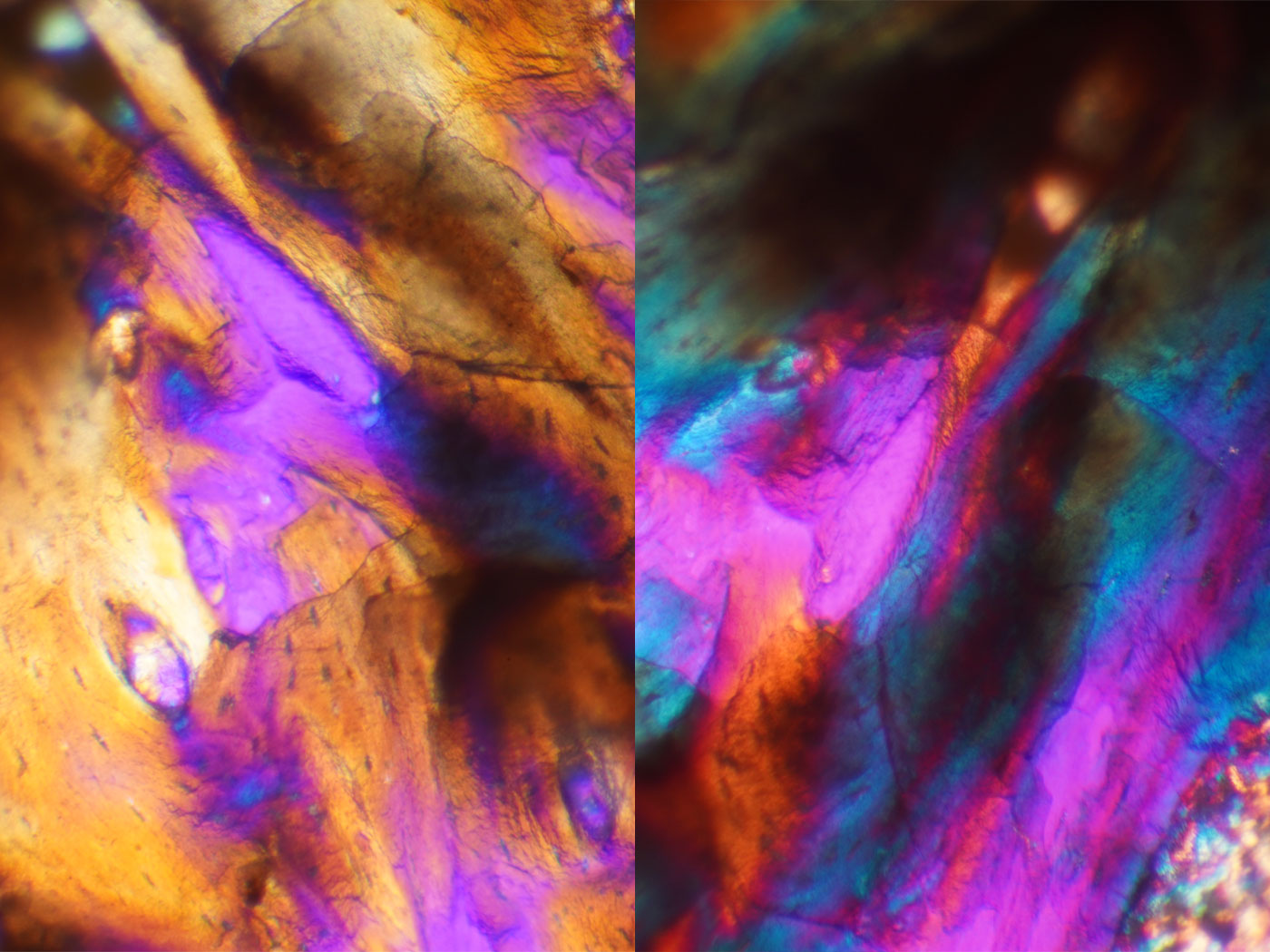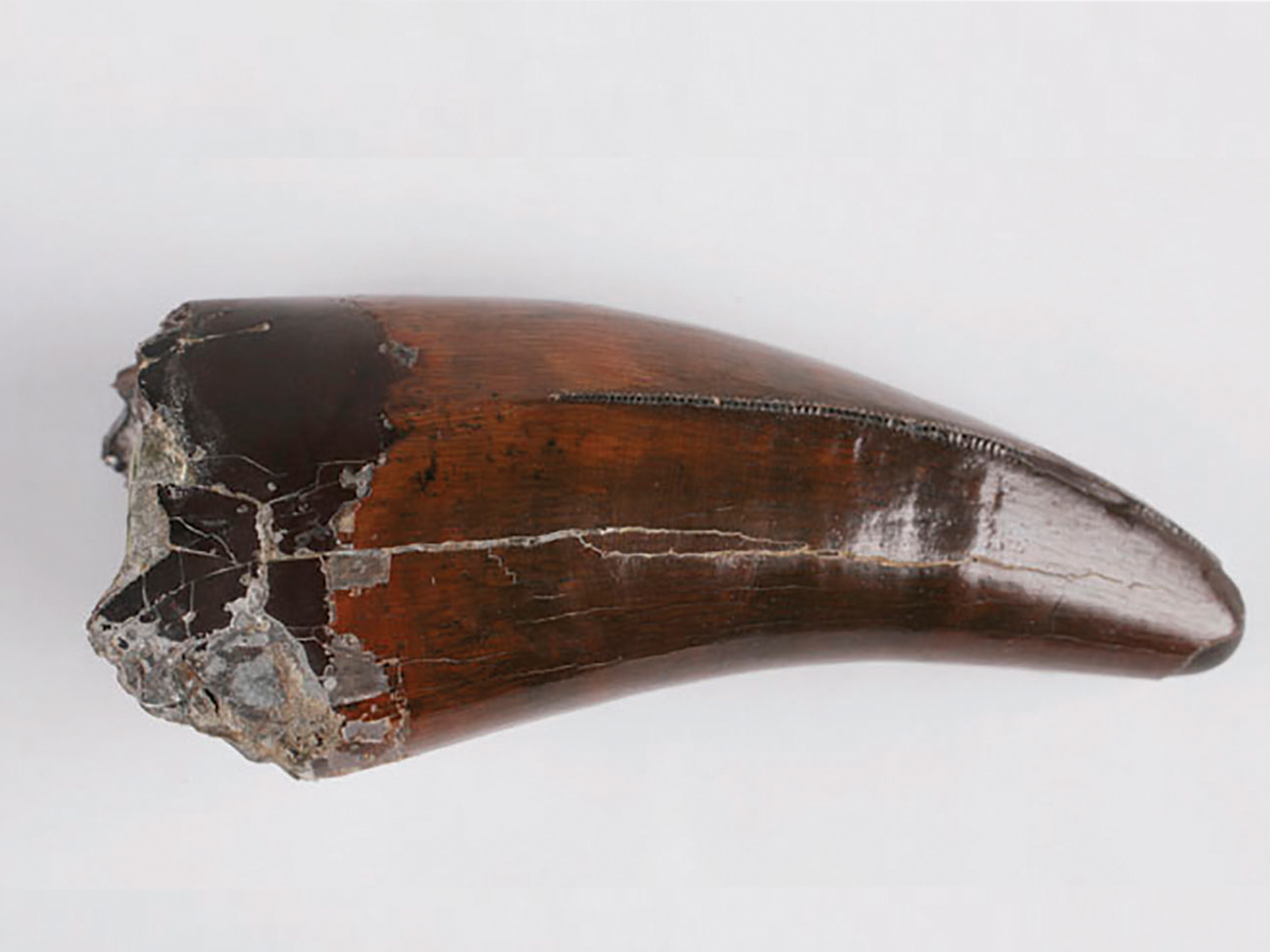“Keys” refers to the Florida Keys, the string-like archipelago of islands that trail southwardly below the south peninsula of Florida’s mainland. The Florida Keys have been physically connected since 1912—first by railway bridges, then in 1928 for automobile traffic.2
Being islanders, residents of the Keys often visit their docks. And it’s not unusual for sea creatures to visit shorelines near docks. Likewise, it’s not a big surprise for a manatee to be spotted under a boat dock. But this one needed help.
An orphaned infant manatee was rescued Saturday [May 2, 2020] after being spotted by homeowners that there was something beneath underwater rocks along their dock. The Dolphin Research Center’s (DRC) Manatee Rescue Team and volunteers with Dolphins Plus Marine Mammal Responder unit assisted the Florida Fish and Wildlife Conservation Committee to corral the calf with netting. They then successfully scooped the manatee from the water using a large hoop net.1
Manatees are sirenians (like dugongs), marine mammals that are torpedo-shaped and massive. They are somewhat like cetaceans (whales and dolphins) and pinnipeds (seals and walruses). These are all accustomed to eating aquatic vegetation in tidal coastwaters.3
Manatees are vegetarian, eating sea plants such as water hyacinth and hydrilla, two prolific “pest plants” that clog and choke waterways. Manatees can swim quickly over short distances, propelling themselves with undulations (like a caterpillar), using flippers and tail to steer and stabilize. They are primarily nocturnal creatures.3
This baby manatee was rescued at the Key Islamorada, which is about an hour south of Miami.1,2 What happened to the baby manatee after she was rescued?
According to the DRC, the manatee may have been without its mother for several days, saying that was an unusual amount of time for the pair to be separated. They did not know why the calf separated from her mom. [The calf] was taken to Miami Seaquarium for treatment and rehabilitation.1
Stresses of all sorts are unavoidable in this mortal life, but at least in the case of the orphaned manatee infant at Islamorada, there is a fairly happy ending to the story: a successful rescue followed by an adoption-like new beginning.1
DRC described the female as less than four feet long, considered underweight at 65.5 pounds. She was diagnosed with a bacterial infection. On Sunday [May 3] afternoon, a Seaquarium veterinarian said the manatee was in “guarded condition.” After evaluation and treatment, she was placed in a pool with an older orphaned female manatee. Those caring for the small calf said she is sticking close to the older orphan’s side.1
Meanwhile, we are directed to pray for our Heavenly Father’s kingdom to come, and His will to be done, on Earth as it is in Heaven. And the time will eventually come when Christ reigns upon our planet, as time of heaven-on-earth, full of blessings for both man and beast, including no-longer-orphaned manatees.4
References
1. Staff writer. Orphaned Baby Manatee Rescued in the Keys: Calf Discovered Under Dock Now Safe with Older Orphan. Posted on Local10.com May 3, 2020, accessed May 8, 2020.
2. Staff writer. Islamorada, Village of Islands. Posted on Islamorada.fl.us, accessed May 8, 2020.
3. Whitaker Jr., J. O. 1998. National Audubon Society Field Guide to North American Mammals, revised edition. New York, NY: Alfred A. Knopf, 805-808, Plates # 366 and 367.
4. Matthew 6:9-10; Luke 11:2; Isaiah 11:1-10.
*Dr. Johnson is Associate Professor of Apologetics and Chief Academic Officer at the Institute for Creation Research.




















